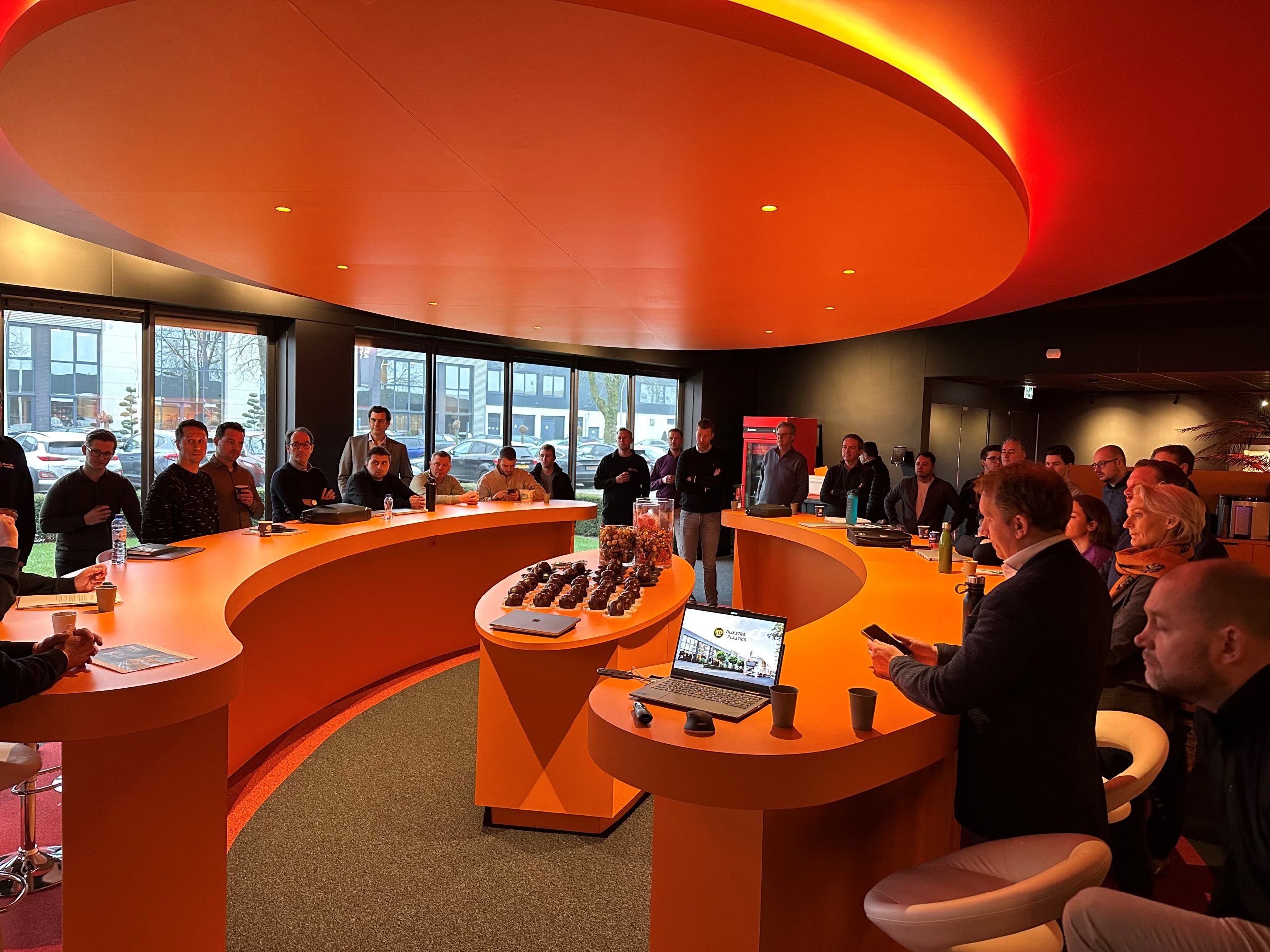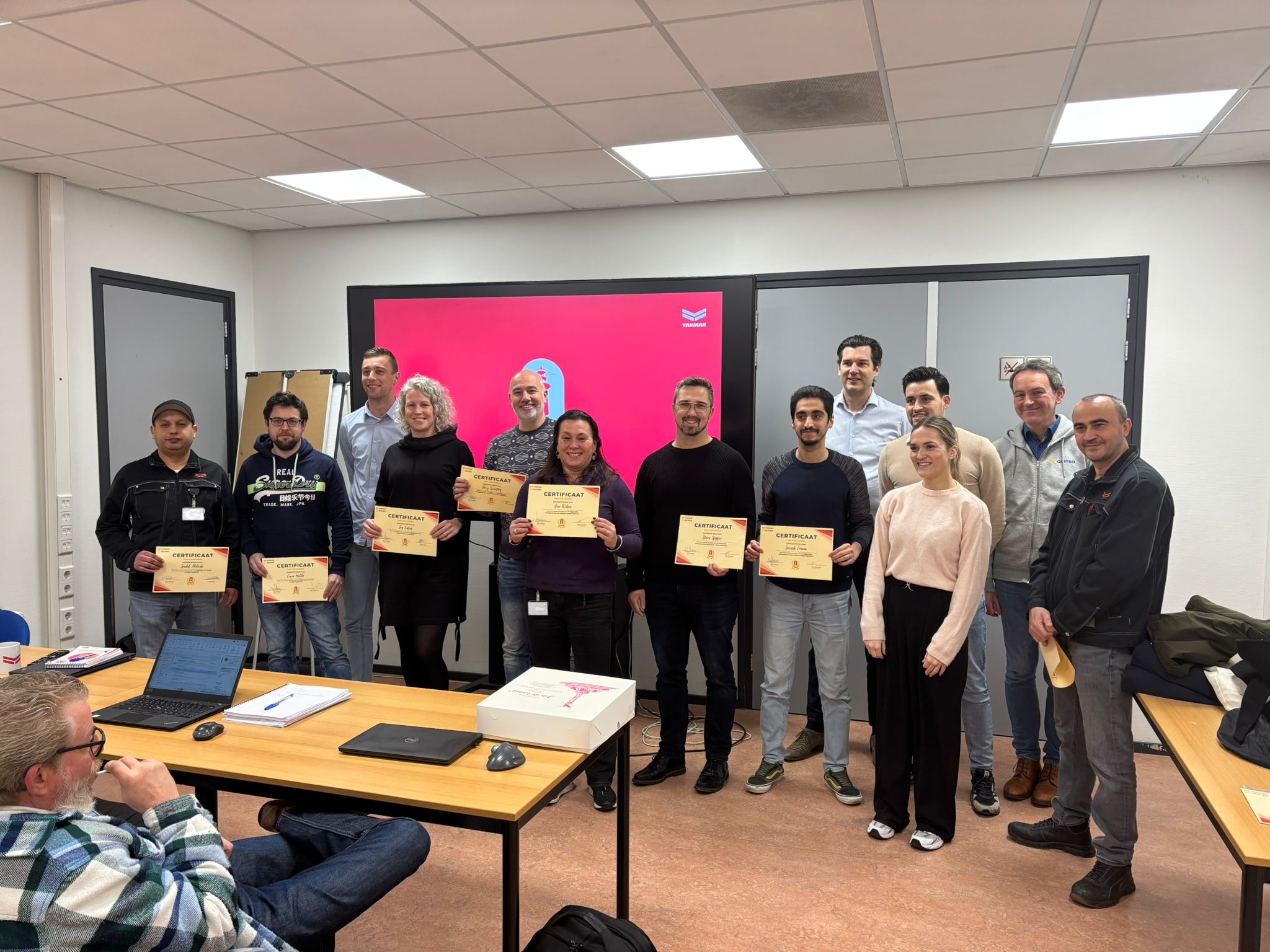What do you run into when getting started with S/4HANA Cloud? Joris Sikking has recently been closely involved in implementing S/4HANA Cloud on several projects. In this blog, he shares the three lessons he learned during these projects.

At Quinso, we help manufacturing companies develop as Intelligent Manufacturers. One way we do this is by using digital innovations intelligently. The foundation is often SAP. And if you’ve followed SAP a bit over the past few years, you know that the company has only one path left, and that’s the path to the cloud. The flagship of SAP’s cloud portfolio is the ERP system SAP S/4HANA Cloud, the heart of the Digital Enterprise.
Lesson 1 – Work with real data as soon as possible
A system like S/4HANA Cloud can be rolled out in as little as six months. This is mainly because choosing cloud is also choosing standards. At the beginning of the project, we examine with the customer which SAP processes fit. Because you are working with standard processes made available through the cloud, you can very well show what the system does and how it will work for individual roles and users.
Important for recognition is the use of customer-specific data such as items, customers and suppliers as much as possible. During the so-called fit-to-standard workshops the client’s empathy is called upon, it is very important that this is successful because this is where the layout for the future is determined. That way we ensure maximum recognition early in the process. It is important to bring people along in this way. Those getting started with SAP may have been working in the same system for years and find it difficult to part with their established ways of working.
Lesson 2 – Implement flexibly and in small steps
So how do you approach such a project smartly? The answer is: flexible and in small steps. The SAP S/4HANA Cloud lends itself perfectly to an agile project approach where you set up the system in a series of short iterations – sprints – and bring it live.
As a rule, you need roughly ten one-week sprints for that. During those sprints, we help our client accurately determine how each process should be supported by the system. Then we set up those processes exactly as they are.
What strikes me is that implementing cloud is no longer an IT project. Cloud implementation is mostly about guiding people. We help them make educated business choices.
Lesson 3 – Get a change manager
At the same time, you have to keep in mind that while your new processes are standard, users still have to learn to deal with the new system. Although the implementation is smoother, it has not necessarily made using the system easier. Before you go live, people need to understand how the new processes are set up and what everyone’s role in the whole thing is. Just as importantly, you need to practice with your colleagues in the new environment. So, as a client, you have to do quite a bit yourself.
That responsibility lies with the client and deserves due consideration from the client. After all, you are implementing a substantial change that will have a great impact on the way the entire organization works. If you do not pay enough attention to these human aspects, you will incur unnecessary delays. Therefore, I would always recommend appointing a change manager to oversee the internal change.
Are you curious about what S/4HANA can do for your organization? Do you want to develop into an Intelligent Manufacturer who understands industry developments and responds intelligently to them to grow his business? Want to know how the implementation of S/4HANA Cloud works? The expertise built up by Quinso means that we are uniquely capable of helping you do this. Feel free to
contact
with me or go to“Become a Smart Manufacturer” and find out what opportunities technology has to offer.



